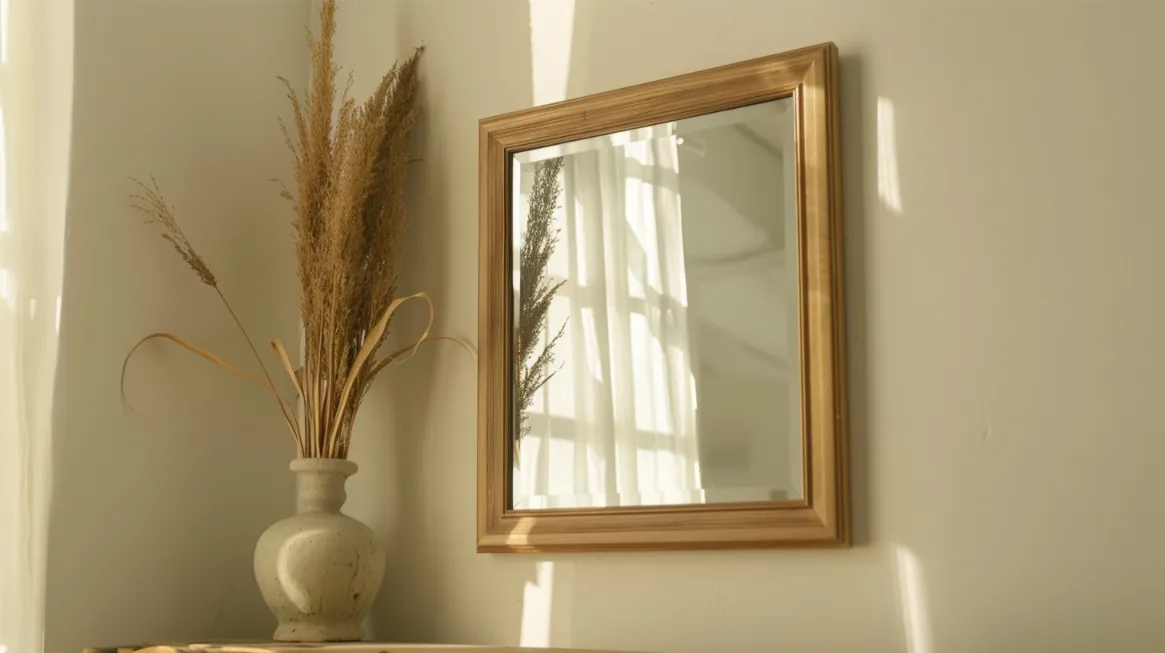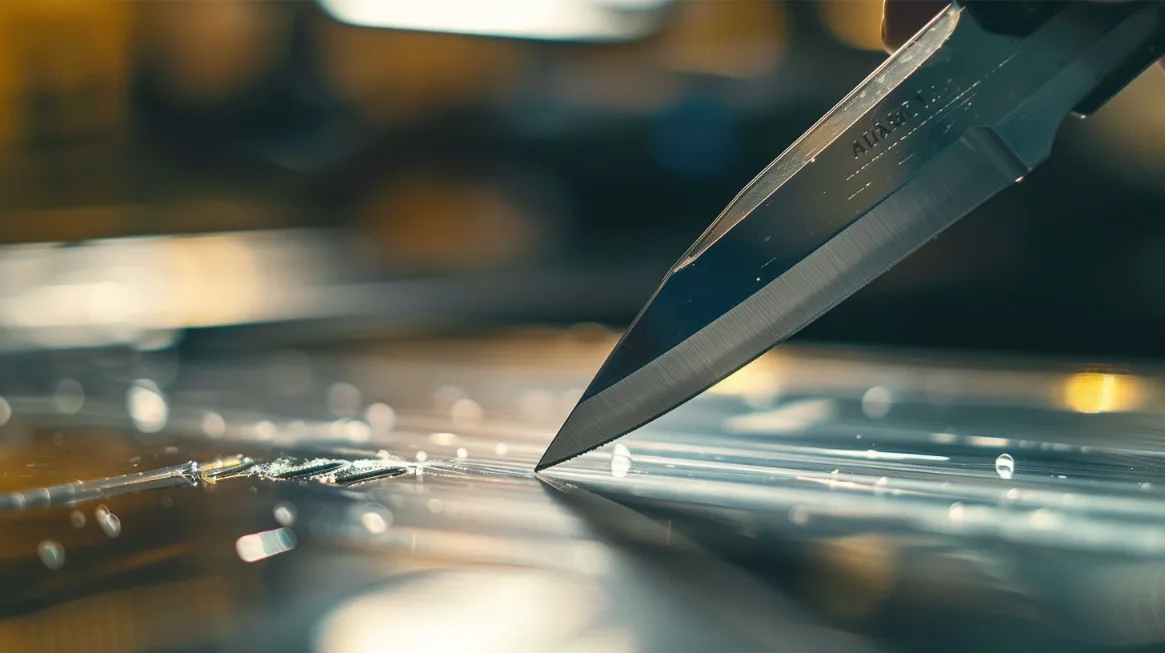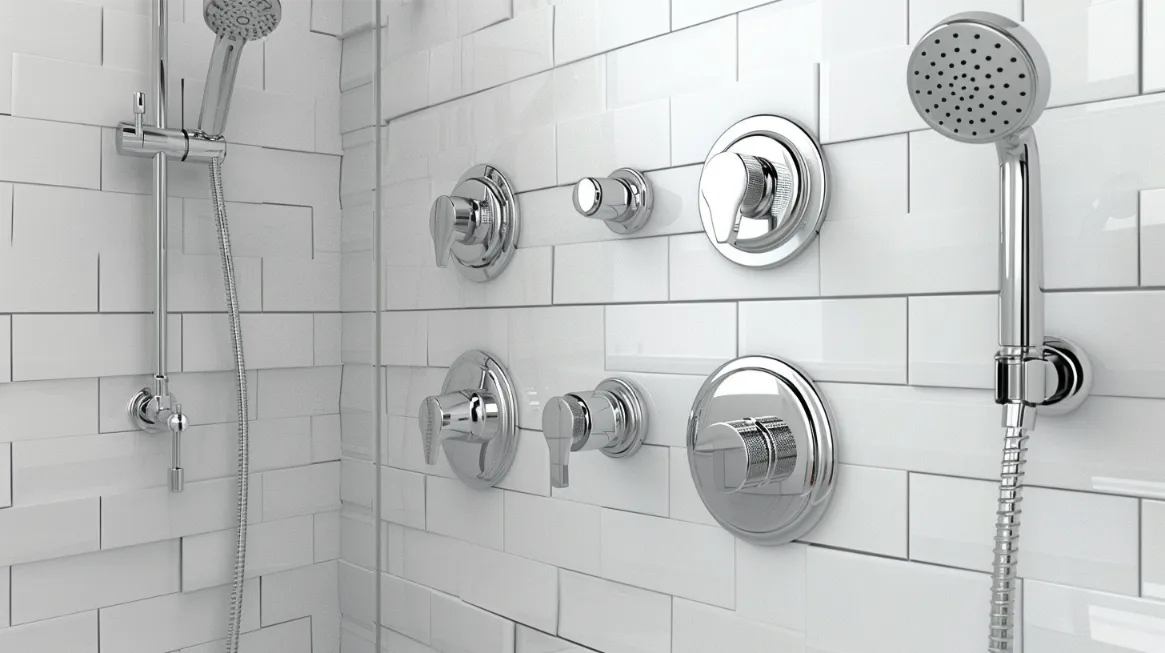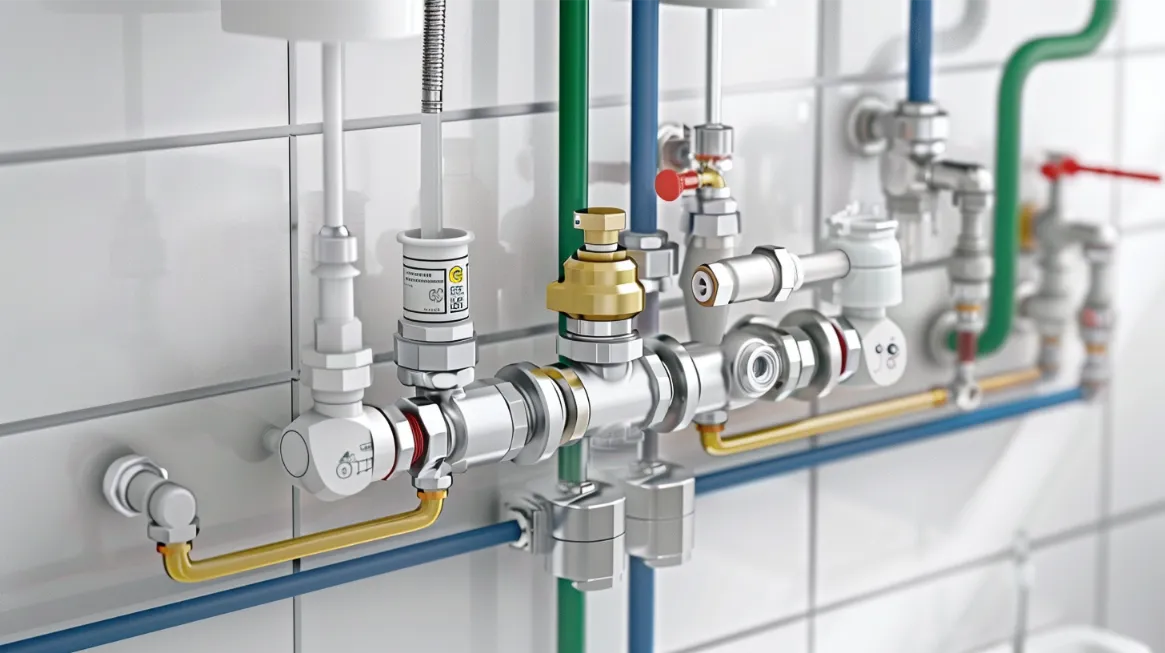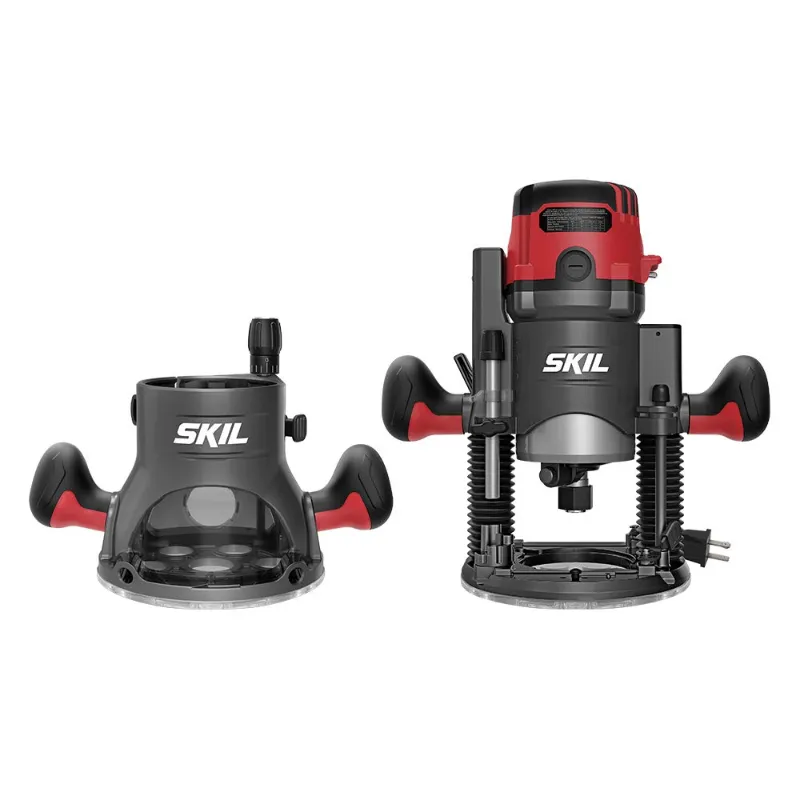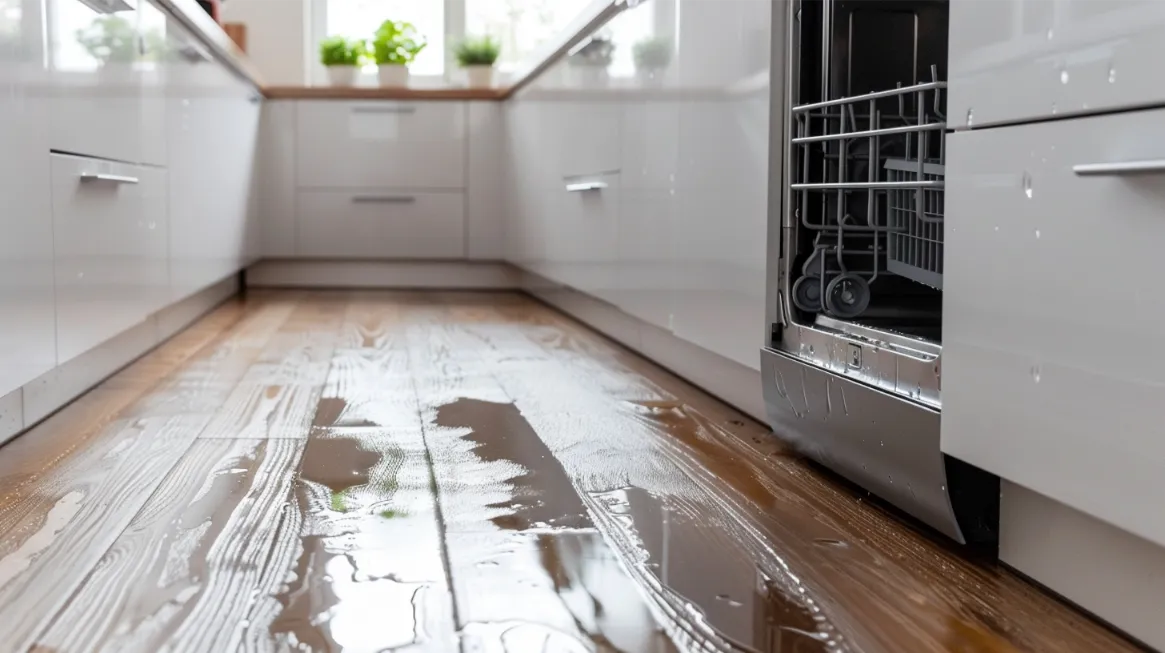Are you deciding between a paint sprayer and a roller for your next home project?
It’s not just about the finish but also how much time and money you’re willing to invest.
Whether you’re refreshing a room or revamping your home’s exterior, understanding the pros and cons of each method is key.
Dive into our guide for insights on choosing the right tool for a professional-quality paint job without stepping outside your door.
Let’s roll into the details, shall we?
Understanding Paint Sprayers and Rollers
What Is a Paint Sprayer?
A paint sprayer is a tool that applies paint through a fine spray, utilizing either compressed air, airless technology, or a high volume low pressure (HVLP) system. It transforms paint into a mist, allowing for quick and even coverage over large or textured surfaces.
Paint sprayers are ideal for achieving a smooth finish on irregular surfaces, including nooks and crannies that brushes or rollers might miss.
Types of Paint Sprayers:
- Handheld Sprayers: Compact and easy to use, making them perfect for DIY projects and small jobs.
- Airless Sprayers: They use high pressure to atomize paint, which is suitable for large-scale projects due to their speed and ability to handle thicker paints without dilution.
- HVLP Sprayers: Employ a low-pressure system to reduce overspray and waste, ideal for detailed work and finer finishes.
What Is a Paint Roller?
A paint roller is a tool consisting of a cylindrical frame covered with a fabric or foam sleeve designed to absorb and release paint onto a flat surface. Rollers provide an efficient way to cover large areas quickly and are particularly effective on smooth surfaces.
They are favored for their simplicity, ease of use, and the ability to apply a thick coat of paint that results in a consistent, textured finish.
Different Types of Rollers Based on Material and Nap Size:
- Material:
- Synthetic Fibers: Best for water-based paints due to their resilience and ability to hold and release paint.
- Natural Fibers: Ideal for oil-based paints, offering a smooth finish.
- Nap Size:
- Short Nap (1/4″ to 1/2″): For smooth surfaces like plastered walls and ceilings.
- Medium Nap (3/8″ to 3/4″): Versatile, suitable for most interior walls.
- Long Nap (3/4″ to 1″): For rough surfaces such as textured walls or exterior siding.
When to Use a Paint Sprayer
Advantages of Using a Paint Sprayer
Paint sprayers stand out for their speed and efficiency in coverage, allowing for the quick painting of large areas that would take significantly longer with a brush or roller. They easily cover textured surfaces and hard-to-reach areas, such as high ceilings, complex architectural details, and rough exteriors. This capability ensures a uniform coat over surfaces that are typically challenging for traditional painting tools.
Ideal Scenarios for a Paint Sprayer
- Empty Interiors or Exteriors Without Obstacles: Sprayers are perfect for spaces devoid of furniture or fixtures, minimizing the need for extensive masking and preparation.
- Large-Scale Projects: For projects that involve painting entire homes, large walls, or expansive exterior surfaces, the time-saving aspect of sprayers is invaluable.
- Surfaces With Intricate Textures: Textured walls, ceilings, and exterior finishes benefit from the uniform application a sprayer provides, reaching areas that rollers and brushes cannot.
Drawbacks of Paint Sprayers
Despite their advantages, paint sprayers come with certain drawbacks that are important to consider:
- Initial Cost and Maintenance: The upfront investment for a quality paint sprayer can be significant, and they require regular maintenance to keep them in good working condition.
- Extensive Prep Work to Avoid Overspray: Protecting areas not to be painted requires meticulous masking and covering, as paint mist from sprayers can cover a wide area.
- The Learning Curve for Beginners: Achieving an even and smooth finish with a sprayer takes practice, as improper technique can lead to drips, uneven layers, or excessive paint use.
Understanding when and where to use a paint sprayer effectively can make a significant difference in the outcome of your painting project, balancing the benefits of speed and efficiency against the considerations of cost, prep time, and skill level required.
When to Use a Paint Roller
Advantages of Using a Paint Roller
Paint rollers are celebrated for their cost-effectiveness and accessibility, making them a go-to choice for DIYers and professionals. They require less prep time and offer easier cleanup than paint sprayers, as they don’t produce overspray.
Additionally, rollers provide better control over paint application, allowing for a more deliberate and thick application of paint, which is ideal for achieving even coats and excellent coverage on various surfaces.
Ideal Scenarios for a Paint Roller
- Occupied Spaces With Furniture: Rollers are ideal for painting projects in lived-in spaces because they minimize the risk of paint on furniture and other unintended surfaces.
- Small to Medium-Sized Projects: For bedrooms, individual walls, or smaller exterior projects, rollers offer a balance of efficiency and manageability.
- Surfaces That Require a Thicker Coat of Paint: Rollers are superbly suited to the task when a surface benefits from a heavier application of paint, such as to cover imperfections or for certain types of textured walls.
Drawbacks of Paint Rollers
While paint rollers are versatile and user-friendly, they have their limitations:
- More Time-Consuming for Larger Areas: Covering expansive areas or entire homes with a roller is significantly slower than using a paint sprayer, making them less ideal for larger-scale projects.
- Difficulty Covering Textured or Irregular Surfaces: Rollers struggle to get into deep textures or cover highly irregular surfaces evenly, potentially leading to uneven coverage or multiple coats.
Comparing Sprayers and Rollers
Cost Comparison
Initial Investment vs. Ongoing Costs: Paint rollers offer a lower initial investment than sprayers, with basic setups costing significantly less. Sprayers, while more costly upfront, can lead to higher efficiency and potentially lower labor costs for large projects.
Paint Consumption Rates: Sprayers tend to use more paint due to their atomization process, which can increase the overall paint cost for a project. Rollers apply paint more thickly and with less waste, making them more economical in terms of paint usage.
Finish Quality
Texture and Evenness: Rollers can leave a more textured finish, which is desirable for hiding imperfections on walls. Sprayers, conversely, can deliver a smooth, even coat that’s particularly appealing for surfaces where finish quality is paramount.
Situations Where Each Method Might Provide a Superior Finish: Sprayers are ideal for complex shapes and surfaces with intricate details, ensuring a uniform coat over the entire area. Rollers are better suited for interior walls with a slightly textured finish that adds to the room’s character and feel.
Ease of Use
Learning Curve and Physical Effort Required: Rollers are straightforward and require minimal learning, making them accessible for DIYers of all skill levels. Sprayers have a steeper learning curve, requiring practice to master the technique for an even finish.
Cleanup and Maintenance Considerations: Cleanup for rollers is typically less time-consuming than for sprayers, which require thorough cleaning to prevent clogs and ensure longevity. Roller maintenance is minimal, whereas sprayers need regular checks and potential parts replacement.
Combining Spraying and Rolling
Integrating paint sprayers and rollers into a single project can leverage the advantages of both methods. Back-rolling, where paint is first applied with a sprayer and then immediately rolled, can ensure optimal adhesion and texture uniformity. This approach combines the speed and even spraying coverage with the texture and depth that rolling provides, resulting in a superior finish.
Scenarios, where a hybrid approach is beneficial include large interior spaces with varying surface textures, exteriors with smooth and rough surfaces, and projects with the ultimate goal of achieving a particularly refined finish.
Using both methods allows for the quick coverage of large areas while ensuring that the paint adheres well and looks consistent.
Tips for Successful Painting Projects
Preparing for Painting
Proper surface preparation is critical for both spraying and rolling techniques. Ensuring that surfaces are clean, smooth, and defects-free will enhance the paint’s ability to adhere and look its best.
Masking and protecting areas from overspray or drips are essential in preparation, mainly when using a sprayer. Use drop cloths, painter’s tape, and plastic sheeting to protect floors, furniture, and adjacent surfaces from being painted.
Technique Tips
- For Sprayers: Practice your technique to ensure even coverage, holding the sprayer at a consistent distance from the surface and overlapping each pass slightly.
- For Rollers: Choose the right nap size for your surface texture and apply paint in a “W” or “M” pattern for even distribution before filling in the gaps.
Achieving a professional-grade finish requires attention to detail, patience, and the correct tools for your project’s needs. Don’t rush the prep work, and apply paint in the recommended conditions regarding temperature and humidity.


